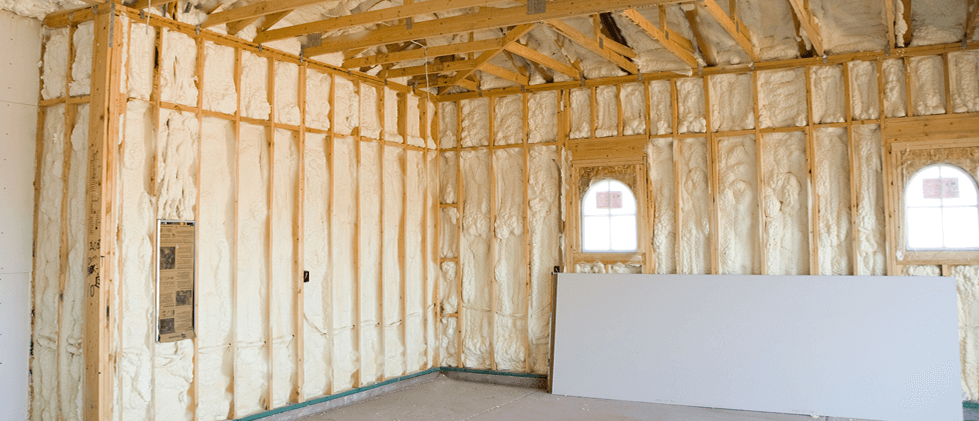Frequently Asked Questions
How Much Insulation Do I Need?


This depends largely upon where you live. The Federal Government has recommended insulation levels according to geographical zones. The recommended level of attic insulation for Kentucky is an R38-49.
R-value is simply the resistance to heat flow of any given material. When evaluating the efficiency of insulation, it is important to look at the materials R-value level. The higher the R-value, the greater the insulating power, and the greater your potential energy savings.
If you install insulation to the optimum level, it usually takes 3-5 years for the insulation to pay for itself in energy savings. The optimum level of insulation is the amount and type of insulation that will give you best return on investment. For example, an R-38-49 level of insulation in your attic is considered the optimum level of insulation for the Kentucky geographical zone.
If you are considering adding insulation to your older, existing home, it is important that the attic be properly vented. It is also important to remember that ventilation methods differ depending on the type of insulation used. One way to vent your attic (the most common method) is through a natural or static ventilation system. The system consists of simple vent openings in your attic. These can be soffit, eave, ridge vents, or a combination of the three vent types. The vents are simple openings covered by grillwork to keep rain and snow out of your attic. The other way to vent your attic is by a powered or mechanical ventilation system. Remember, by properly insulating and ventilating your home, you’ll enable excessive moisture to escape before it condenses in your attic and walls causing damage. In winter, you’ll also run less risk of ice dams; which are caused when heat escapes and allows snow to melt down your roof and freeze on the colder overhang areas of the roof. In the summer, super-heated air will also be able to escape to the outside, helping to keep your attic cooler and reducing your air conditioning costs.
With current interest rates, every $1000 that you spend on your home, your monthly mortgage payment will increase $5. Studies have shown, that by selecting a more efficient insulation system you can reduce your energy cost by up to 40%. So for example, if your electric bill is 200$ with a conventional insulation package and you spend $2000 to upgrade to a premium insulation package that saves 40% of your energy costs, instead of spending $200 a month your monthly energy bill would be $120. You have saved $80 a MONTH and only increased your monthly payment by $10 with a net saving of $70.
Yes, but most building experts agree that following current approved building practices, the result will be a house that does NOT provide enough air changes per hour to meet current health standards.
It is our recommendation that an Energy Recovery Ventilator Unit (ERV) be installed with your HVAC system. This will efficiently provide fresh air to your home and keep your indoor air quality optimal.
